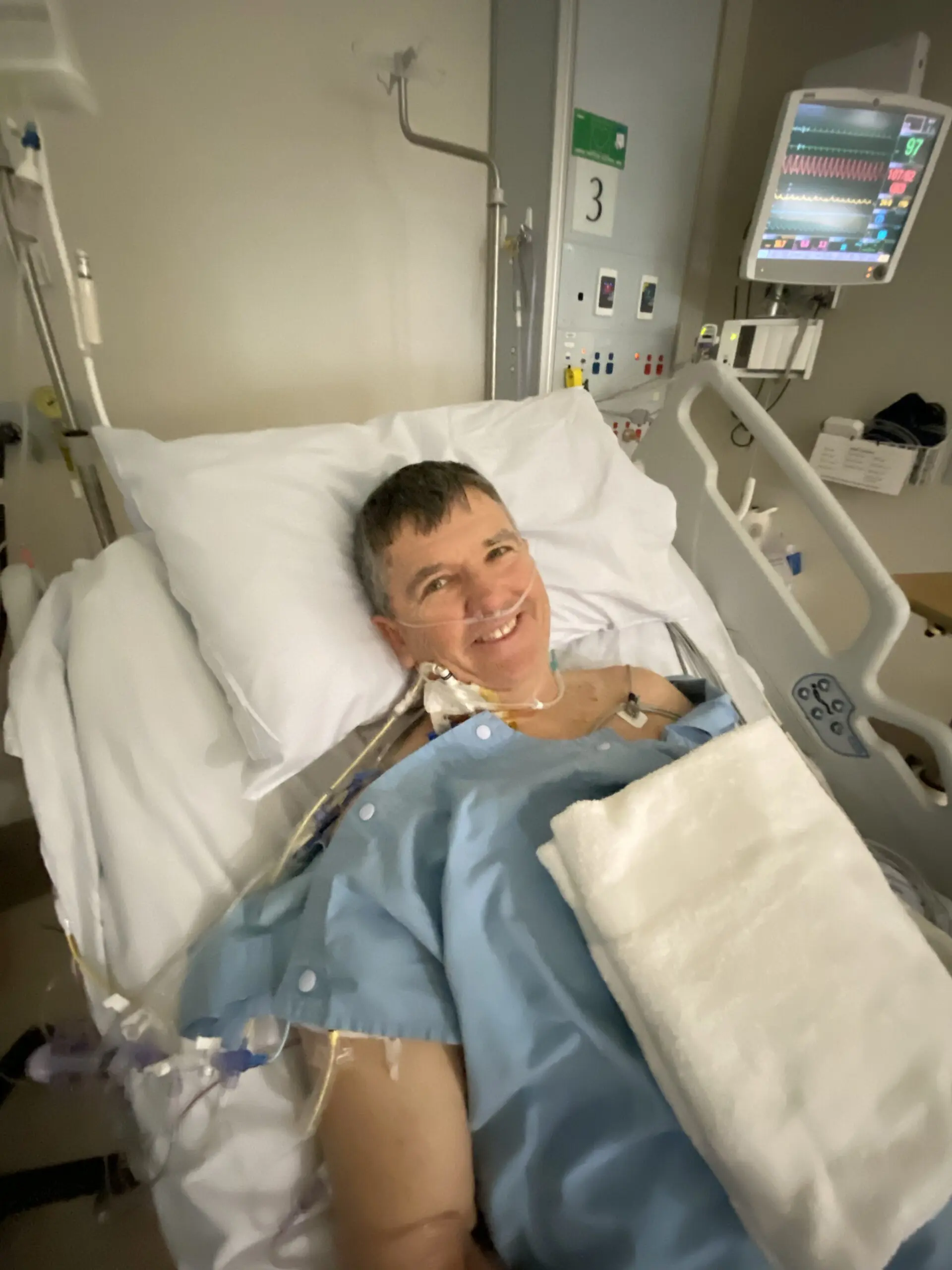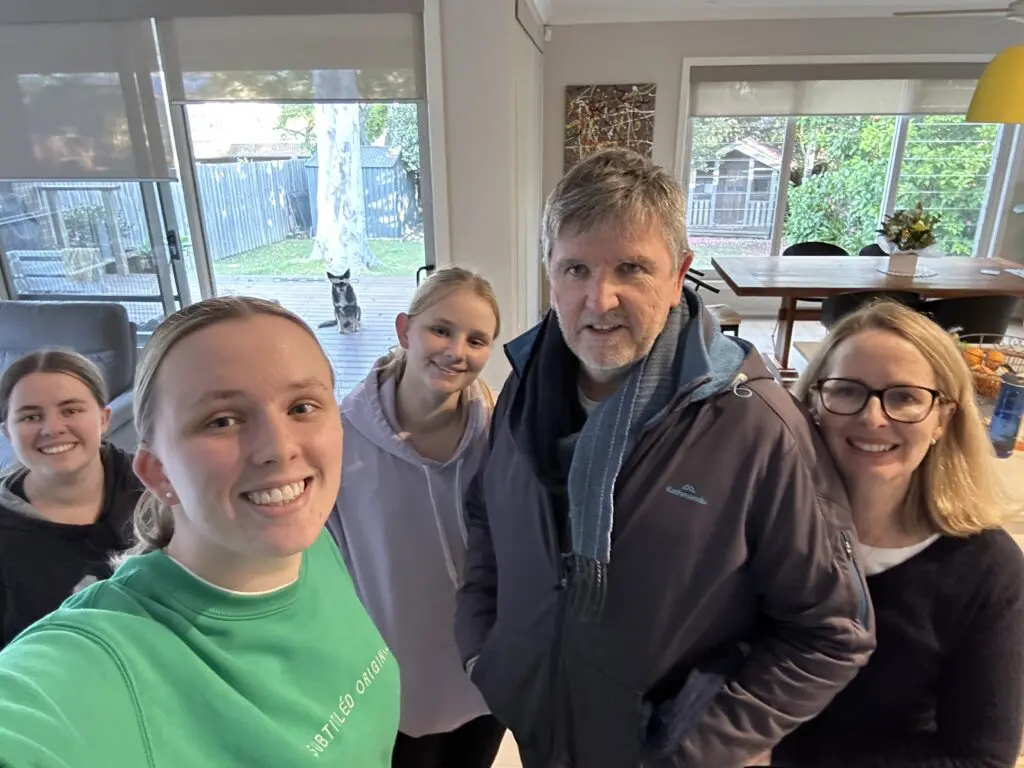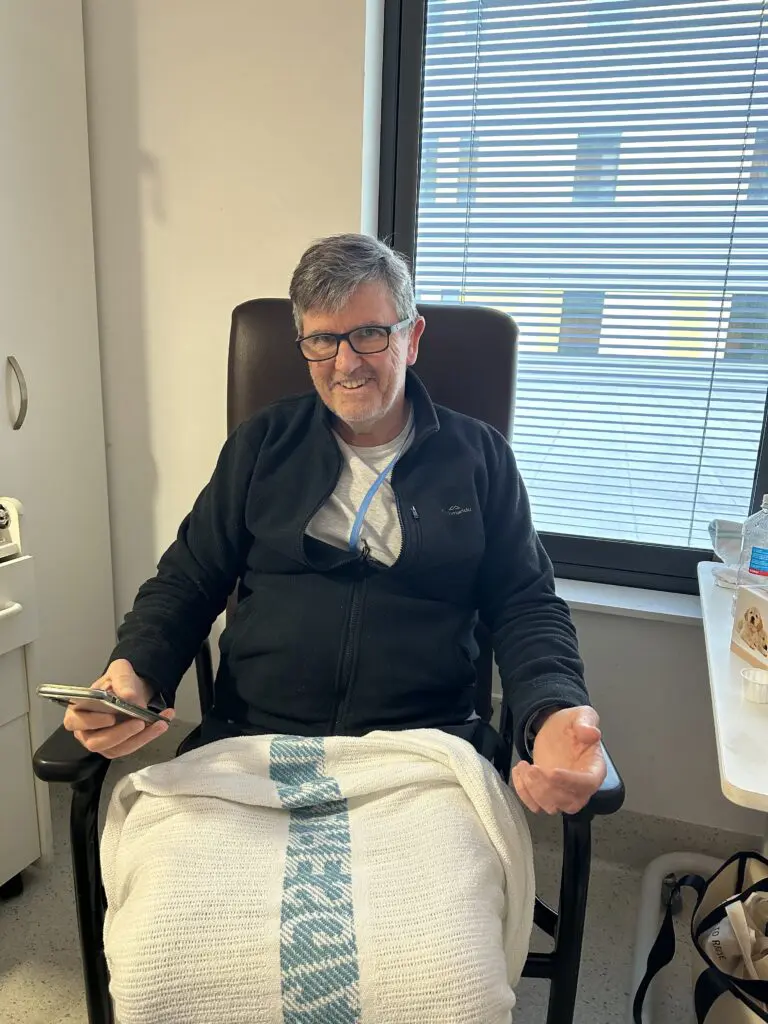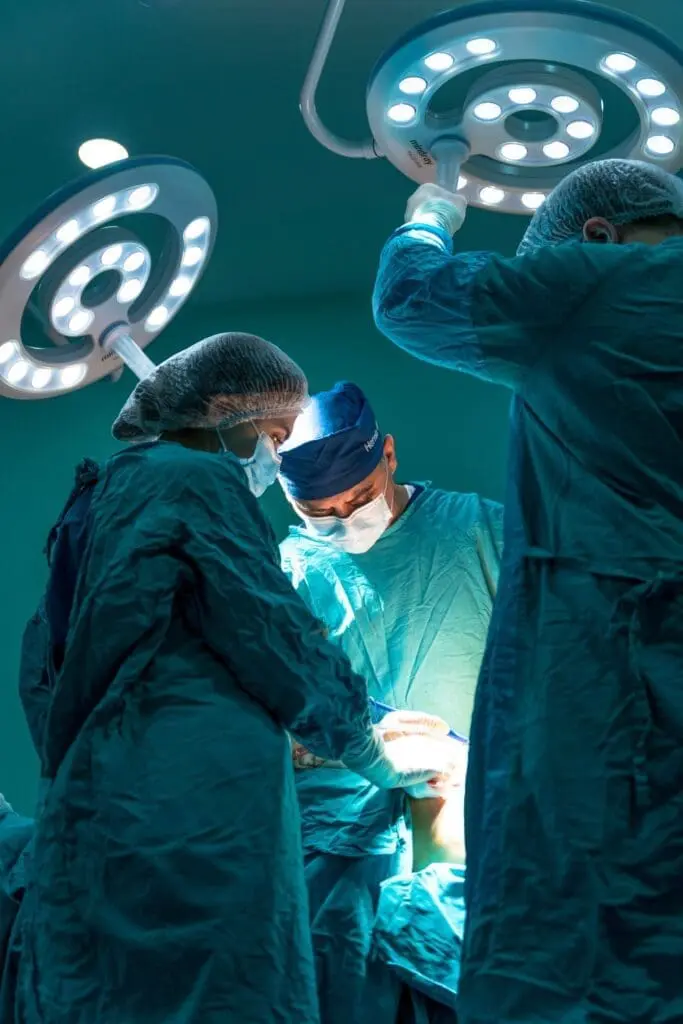
Before his cardiac arrest, Michael had no knowledge that he had heart disease. He was in his early 50s, leading a healthy lifestyle – eating well, drinking in moderation, and regularly exercising. He had some stress in his life but did not have high blood pressure, and he believed he was doing “all the right things” and was at low risk for cardiovascular disease (CVD).
CVD kills twice the number of men than women and is the leading cause of death for men in Australia.
Michael was an avid swimmer and noticed his swimming times had been slipping for a few months. He also occasionally felt short of breath after a sprint but put it all down to getting older.
Then one day in June, Michael remembers, “Once I started swimming, I was keeping pace with a guy in the same lane, but he was starting to catch me by a body length.” Swimming out of the deep end, Michael said he started to experience tunnel vision and shortness of breath.
A neighbour who was also swimming, heard a strange noise and saw Michael slumped over the lane line. He didn’t have a pulse. With the help of the lifeguard, they dragged Michael out of the pool and started compressions. Other pool staff raced to Michael with an automated external defibrillator (AED) to restart his heart which ultimately saved his life.
Michael has vague recollections of the incident; however, he recalls regaining consciousness and having difficulty breathing whilst responding to a paramedic.
“When I arrived at Royal North Shore Hospital, there were people around me asking questions and I was trying to answer them while concentrating on breathing.”
Every minute in Australia, a person is hospitalised for CVD, equating to over 1,500 hospitalisations per day.
Unblocking his arteries: a cardiovascular disease reality
Michael could feel his chest being shaved and small plastic patches or electrodes being attached which connected him to an ECG machine to record his heart activity. Tests in the cardiac catheterisation (cath lab) confirmed Michael had a cardiac arrest due to heart disease with one artery 100% blocked by a buildup of cholesterol and the others 60%.
While in the cath lab, a catheter was used to insert a mesh tube (stent) to keep the narrowed artery open but once Michael was transferred to the cardiac ward, a life-threatening complication arose resulting in another urgent surgical procedure.
Michael saw his wife and three daughters were upset but he was grateful that he was still alive. His loved ones saw him in critical condition and a counsellor from the hospital gave them the support they needed during this distressing time.
“My youngest daughter asked if I was going to die, and they said he’s very, very sick and we don’t know,” said Michael.
He was discharged from Royal North Shore Hospital (RNSH) seven days later to recover at home with a plan to return in six weeks for bypass surgery. While convalescing he dropped in at the pool to thank the lifeguards Shannon and Lachlan.


Life-saving quadruple bypass surgery for heart disease
Less than two weeks later, Michael was readmitted with chest pains and his cardiologist Dr Christopher Quirk brought his surgery forward. Michael was fully informed about the procedure and a few days later a quadruple coronary artery bypass was performed by cardiothoracic surgeon Dr David Marshman.
As he didn’t have any post-surgery complications, he was discharged a week later on 1 July, which was a much-welcomed birthday present. At home, Michael adjusted to having limited capacity through fatigue as his body was using all its resources needed to recover. He tried to walk around the block but had to stop and rest and realised his recovery would be harder than he initially thought.
Two weeks after surgery Michael commenced as an outpatient at the cardiac rehabilitation unit which provides a program of exercises, support and education for those who have cardiovascular disease or a heart event, supervised by an exercise physiologist and cardiac nurses. His chest was still hurting from his fractured sternum and the wounds on his arm and leg were sore, but he was driven by the fact that rehab was going to help him get stronger and back to the things he loved doing.
Michael learned how important it was to take it easy when doing a cardiac rehab program to allow his heart and body to gradually adjust to physical activity, reducing the risk of complications or injury.
For seven weeks Michael attended cardio rehab which included warm-ups and stretches, strengthening cardio and finished with a heart rate and blood pressure check.
Michael says the team was encouraging, and he continued the exercise program at home to further his progress and take medication to prevent further cholesterol deposits in his heart. His goal was to get back into the pool, but it was a gradual process. Three months after surgery he returned to the pool and enjoyed his first dip in the water.
Michael is incredibly grateful to everyone who was involved in saving his life.
“My hospital experience was super positive,” said Michael. “The care was fantastic, and the support was incredible. I was given a bigger motor, but I can’t say my times in the pool are any better!”
If you would like to support the cardiac rehab unit who provide support, education and counselling for people who are recovering from a heart event, please donate here.
